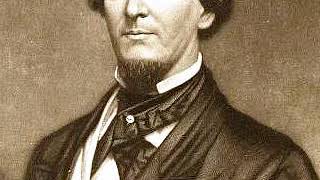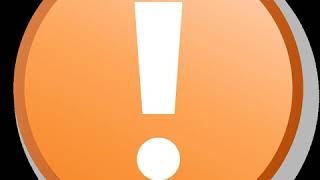Monday, 05 January, 2026г.
















Где искать: по сайтам Запорожской области, статьи, видео ролики
пример: покупка автомобиля в Запорожье
Religion in the United States | Wikipedia audio article
This is an audio version of the Wikipedia Article:
Religion in the United States
Listening is a more natural way of learning, when compared to reading. Written language only began at around 3200 BC, but spoken language has existed long ago.
Learning by listening is a great way to:
- increases imagination and understanding
- improves your listening skills
- improves your own spoken accent
- learn while on the move
- reduce eye strain
Now learn the vast amount of general knowledge available on Wikipedia through audio (audio article). You could even learn subconsciously by playing the audio while you are sleeping! If you are planning to listen a lot, you could try using a bone conduction headphone, or a standard speaker instead of an earphone.
You can find other Wikipedia audio articles too at:
https://www.youtube.com/channel/UCuKfABj2eGyjH3ntPxp4YeQ
You can upload your own Wikipedia articles through:
https://github.com/nodef/wikipedia-tts
"The only true wisdom is in knowing you know nothing."
- Socrates
SUMMARY
=======
Religion in the United States is characterized by a diversity of religious beliefs and practices. Various religious faiths have flourished within the United States. A majority of Americans report that religion plays a very important role in their lives, a proportion unique among developed countries.Historically, the United States has always been marked by religious pluralism and diversity, beginning with various native beliefs of the pre-colonial time. In colonial times, Anglicans, Catholics and mainline Protestants, as well as Jews, arrived from Europe. Eastern Orthodoxy has been present since the Russian colonization of Alaska. Various dissenting Protestants, who left the Church of England, greatly diversified the religious landscape. The Great Awakenings gave birth to multiple evangelical Protestant denominations; membership in Methodist and Baptist churches increased drastically in the Second Great Awakening. In the 18th century, deism found support among American upper classes and thinkers. The Episcopal Church, splitting from the Church of England, came into being in the American Revolution. New Protestant branches like Adventism emerged; Restorationists and other Christians like the Jehovah's Witnesses, the Latter Day Saint movement, Churches of Christ and Church of Christ, Scientist, as well as Unitarian and Universalist communities all spread in the 19th century. Pentecostalism emerged in the early 20th century as a result of the Azusa Street Revival. Scientology emerged in the 1950s. Unitarian Universalism resulted from the merge of Unitarian and Universalist churches in the 20th century. Since the 1990s, the religious share of Christians has decreased due to secularization, while Buddhism, Hinduism, Islam, and other religions have spread. Protestantism, historically dominant, ceased to be the religious category of the majority in the early 2010s.
Christianity is the largest religion in the United States with the various Protestant Churches having the most adherents. In 2016, Christians represent 73.7% of the total population, 48.9% identifying as Protestants, 23.0% as Catholics, and 1.8% as Mormons, and are followed by people having no religion with 18.2% of the total population. Judaism is the second-largest religion in the U.S., practised by 2.1% of the population, followed by Islam with 0.8%. Mississippi is the most religious state in the country, with 63% of its adult population described as very religious, saying that religion is important to them and attending religious services almost every week, while New Hampshire, with only 20% of its adult population described as very religious, is the least religious state. The most religious region of the United States is American Samoa (99.3% religious).
Теги:
religion in the united states religious demographics use mdy dates from april 2015 wikipedia audio article learning by listening improves your listening skills learn while on the move reduce eye strain text to speech
Похожие видео
Мой аккаунт


 У вашего броузера проблема в совместимости с HTML5
У вашего броузера проблема в совместимости с HTML5


